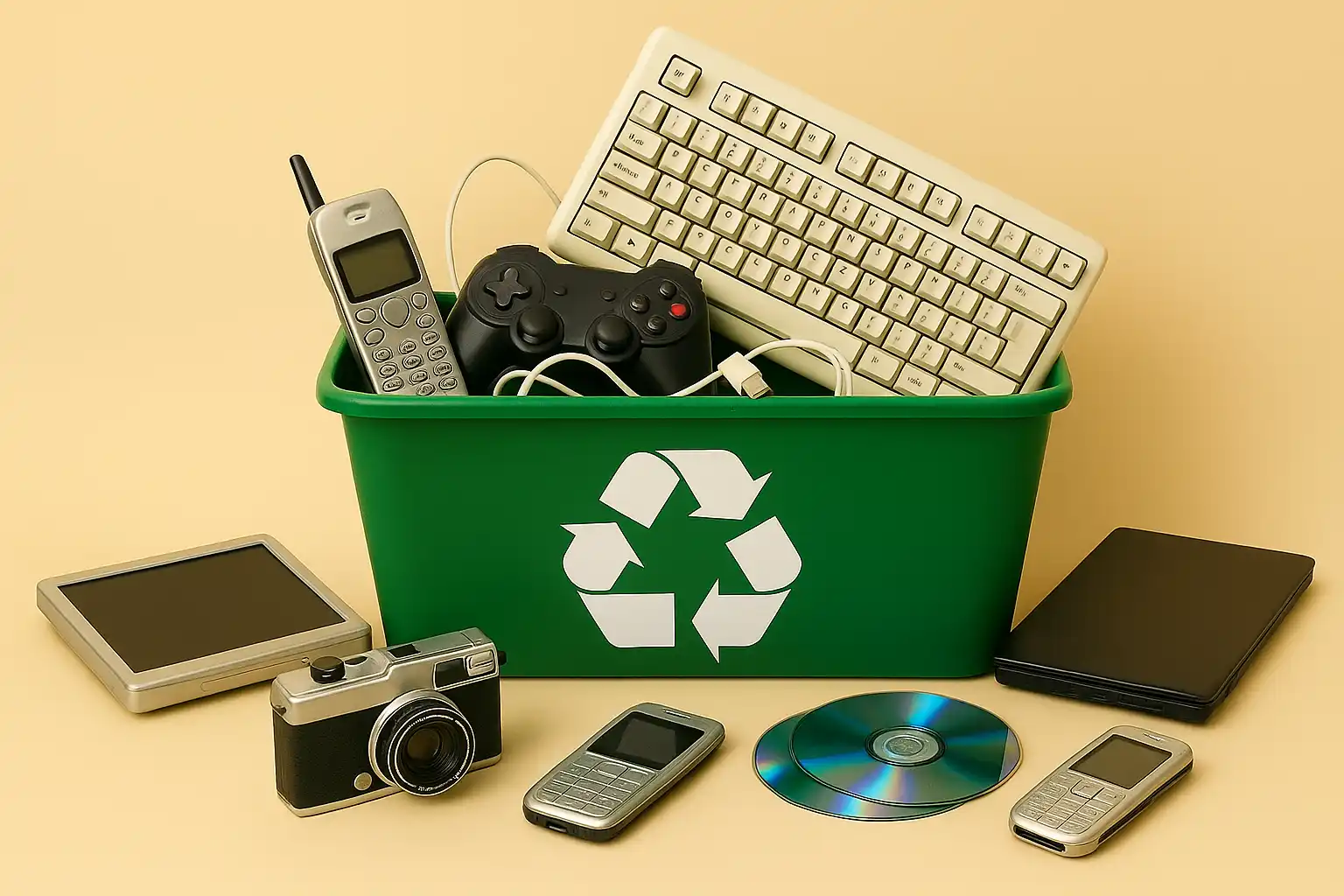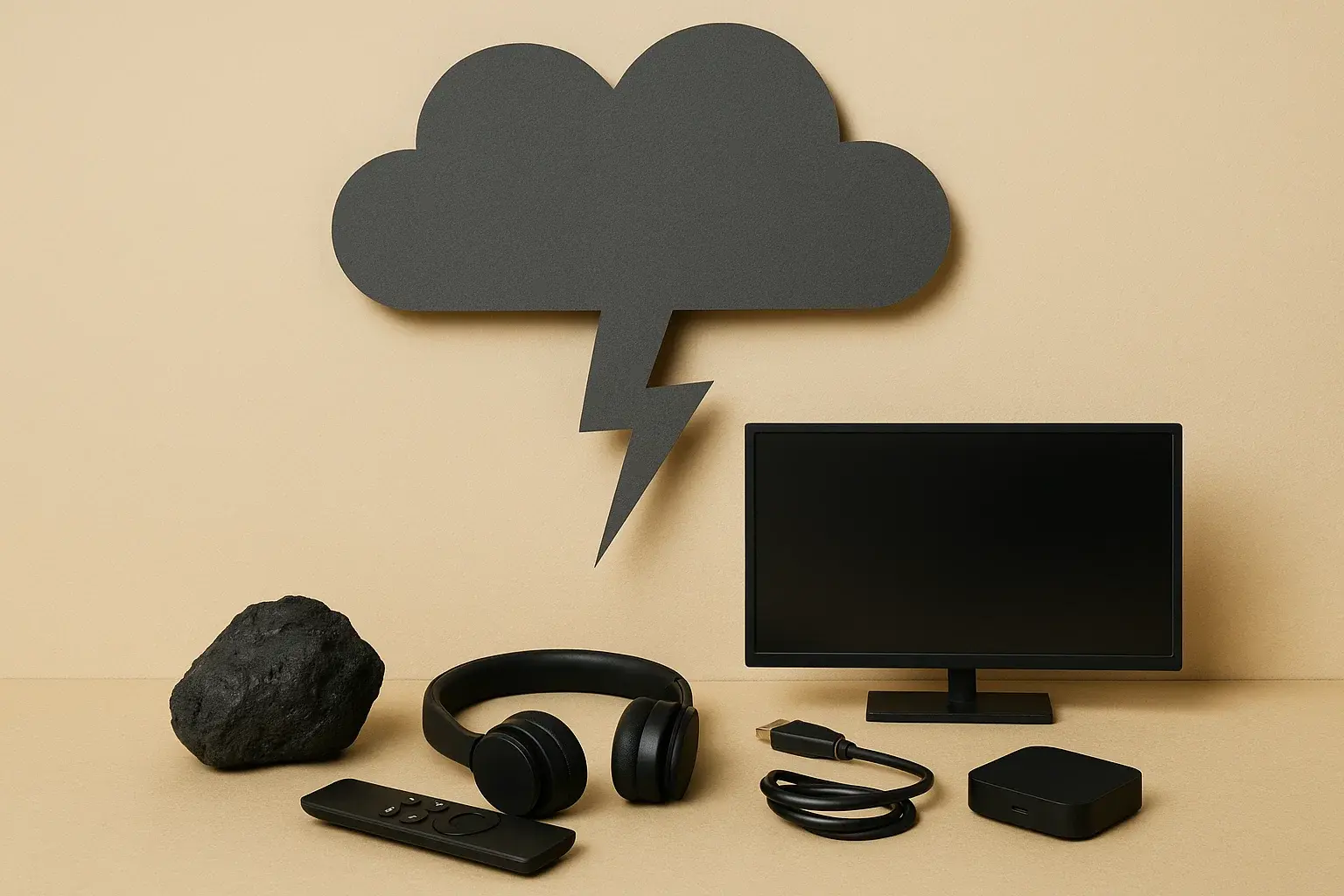Decoding Disposal Your Essential Guide to Responsibly Recycling E-Waste

In our rapidly evolving digital age, electronic devices have become indispensable. From smartphones and laptops to tablets and smartwatches, we rely on them for communication, work, entertainment, and countless other aspects of our lives. However, this constant cycle of upgrades and obsolescence has created a burgeoning environmental challenge: electronic waste, or e-waste. Piles of discarded devices, often containing hazardous materials, are accumulating globally, posing significant risks to human health and the environment.
Understanding how to responsibly recycle our e-waste is not just a matter of environmental responsibility; it's a crucial step in mitigating these risks and contributing to a more sustainable future. This comprehensive guide will walk you through the essentials of e-waste recycling, providing practical advice and actionable tips to ensure your old devices are handled safely and ethically. Our objective is to thoroughly educate you on this critical issue, encouraging and inspiring you to take informed action and become a responsible steward of your electronic devices, even after their useful life has ended.
The Hidden Dangers: Why Proper E-Waste Recycling Matters
The seemingly innocuous act of tossing an old phone in the trash has far-reaching consequences. Electronic devices contain a complex mix of materials, including valuable metals like gold, silver, and copper, as well as hazardous substances such as lead, mercury, cadmium, and brominated flame retardants. When e-waste ends up in landfills, these toxic materials can leach into the soil and groundwater, contaminating our ecosystems and potentially entering the food chain. Informal and often illegal e-waste recycling practices, particularly in developing countries, involve burning and dismantling devices in unsafe ways, releasing toxic fumes and particulate matter into the air, posing serious health risks to workers and surrounding communities. Furthermore, discarding electronics means losing the opportunity to recover valuable and finite resources that can be reused in new products, contributing to the demand for further mining and extraction. Finally, improper disposal of devices without securely wiping personal data can lead to identity theft and privacy breaches, a significant concern in our digitally connected world.
Your Role in the Solution: Practical Steps for Responsible E-Waste Recycling
Fortunately, there are numerous accessible ways to responsibly manage your end-of-life electronics. Here's a step-by-step guide to becoming an e-waste recycling pro:
1. Assess Your E-Waste Inventory
Take stock of the old electronic devices you have stored away – broken phones, outdated laptops, unused tablets, old printers, monitors, and other peripherals. Categorize them based on type and condition. Determine which devices are truly beyond repair or reuse and are ready for recycling. This initial assessment will give you a clear picture of the volume and types of e-waste you need to address.
2. Data Security First
Before recycling any device that stores personal information, such as smartphones, computers, tablets, and even some smart home devices, ensure you securely wipe all data. This may involve performing a factory reset, using specialized data wiping software that overwrites data multiple times, or physically destroying the storage media (hard drives, solid-state drives, SIM cards, memory cards) if you are certain the device cannot be reused by anyone. Remember to remove any personal identification, such as SIM cards or memory cards, before recycling.
3. Explore Reuse Options
Consider if your old device still has some life left in it for someone else. Options include donating working electronic devices to charities or non-profit organizations that refurbish and redistribute them to those in need. Selling your used electronics on online marketplaces or through local classifieds can also give them a second life. Even gifting them to family members or friends who may have a use for an older device is a more sustainable option than immediate recycling.
4. Identify Certified E-Waste Recyclers
When reuse is not an option, the next crucial step is to find a reputable and certified e-waste recycler. Look for recyclers with certifications such as R2 (Responsible Recycling) and e-Stewards, which adhere to stringent environmental, health, safety, and data security standards. You can often find certified recyclers through manufacturer take-back programs offered by brands, retailer recycling programs like those provided by Best Buy Recycling, local government-sponsored e-waste collection events, and organizations such as Call2Recycle and TerraCycle that provide convenient drop-off locations or mail-in services for specific types of electronics and batteries.
5. Prepare Your E-Waste for Recycling
Follow any specific instructions provided by the certified recycler. This might involve removing easily detachable batteries (handle lithium-ion batteries with extra care as they can be a fire hazard if damaged or punctured), separating different types of electronics (e.g., phones from laptops from printers), and packaging items securely to prevent damage during transport. Some recyclers may have specific guidelines on how to prepare devices for drop-off or mail-in.
6. Drop Off or Mail In Your E-Waste
Take your prepared e-waste to a designated drop-off location provided by a certified recycler or follow the instructions for their mail-in programs. Ensure you receive a receipt or confirmation of proper disposal, which can be useful for your records and peace of mind.
7. Avoid Informal Recycling
Do not give your e-waste to individuals or businesses that are not certified recyclers, as there is a high risk of improper and harmful handling, often leading to environmental damage and health risks in unregulated settings.
Beyond Individual Action: Supporting Systemic Change
While responsible individual recycling is crucial, addressing the e-waste crisis requires broader systemic changes. Supporting right-to-repair legislation that makes it easier to fix electronics, advocating for stronger Extended Producer Responsibility (EPR) laws that hold manufacturers accountable for the end-of-life management of their products, encouraging manufacturers to design devices that are more durable and easier to recycle, and supporting international cooperation to combat illegal e-waste trade are all vital steps towards a more sustainable future for our electronics. Our individual efforts, combined with advocating for these larger policy changes, can create a more comprehensive and effective solution to the growing e-waste challenge.
Related Blogs

Neutralizing Your Tech Footprint: Choosing Carbon-Neutral Tech Purchases
Support climate action by opting for carbon-neutral certified tech and offset programs.

The Silent Energy Thief: Cutting Down Idle Device Usage for a Sustainable Digital Footprint
Improve energy efficiency and extend device life by implementing power-saving settings.

The Unseen Gigabytes: Cutting Your Streaming Carbon Footprint
Reduce your digital carbon footprint by adjusting streaming quality and habits.

Swipe Right on Sustainability: How Digital Decluttering Cultivates a Greener Lifestyle
Insights on digital decluttering for a greener lifestyle in a sustainable way.

Decoding Disposal: Your Essential Guide to Responsibly Recycling E-Waste
Insights on the rise of ethical tech in a sustainable way.

Surfing Sustainably: Unveiling the World of Eco-Friendly Browsing
Insights on eco-friendly browsing in a sustainable way.
Stay in the Loop
Get tips and insights tailored to your interests — no spam, just sustainability.